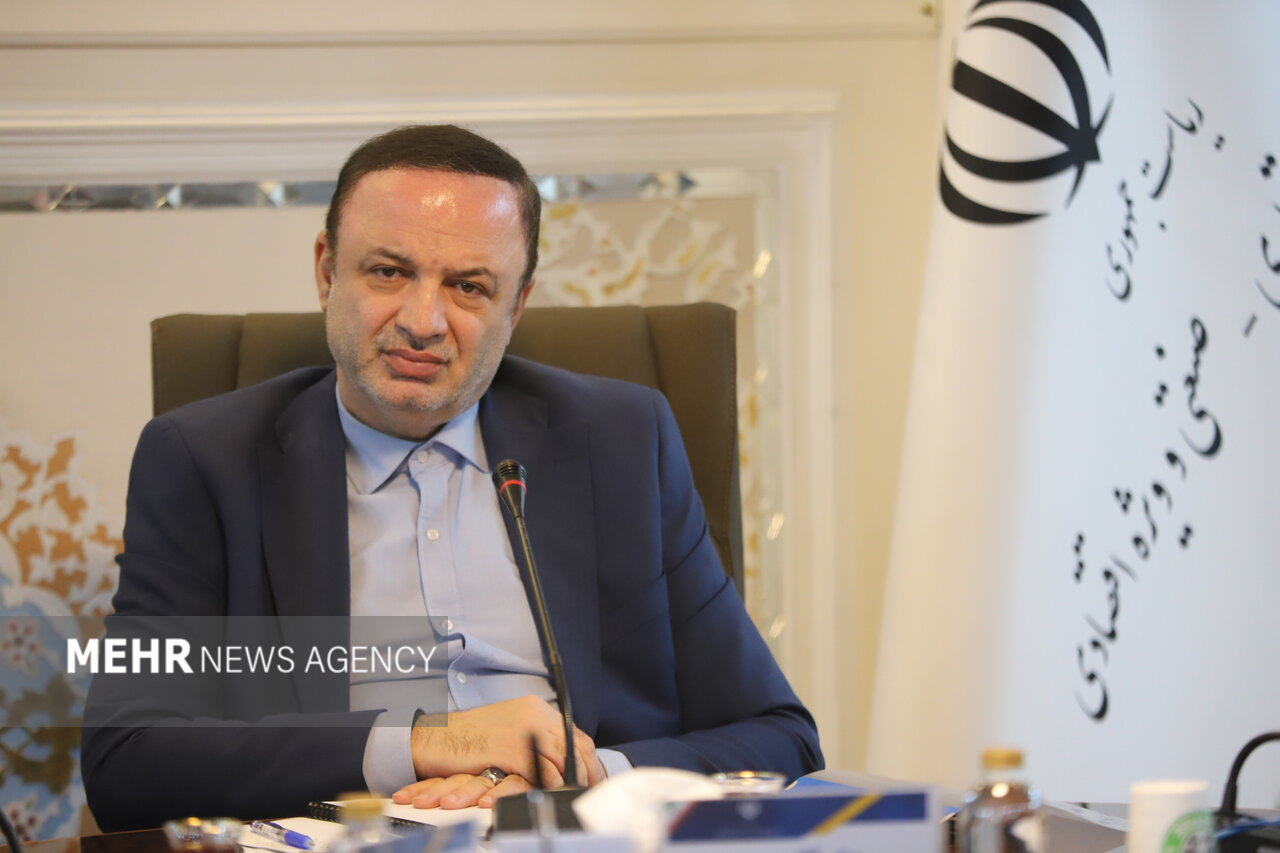118,000 tons of basic goods cleared from free zones in 12-day war

TEHRAN- The secretary of Iran’s Free and Special Economic Zones High Council said that during the 12 days of the imposed war, 118,000 tons of basic commodities were cleared from seven free zones, which was aimed at meeting the country's needs.
Reza Masrour announced the important measures taken in the country's free zones in recent months and said: "One of the main priorities in these zones was to accelerate the clearance of essential goods, which was successfully carried out."
In line with this goal, detailed planning was carried out in all free zones, and as a result, during the 12 days of the imposed war, approximately 118,000 tons of basic goods were cleared from the country's seven free zones, the official reiterated, adding that of course, if demand increases from new zones, this figure will increase significantly.
The secretary of the Free and Special Economic Zones High Council has said that Iran is set to implement a major restructuring of its free trade zones in a bid to revive their role in regional commerce and national economic development.
Masrour said that although the zones were designed to drive trade, investment, and transit, they have fallen short of expectations in recent years.
He announced the beginning of a reengineering process, backed by the Ministry of Economic Affairs and Finance, to redefine the function and governance of these areas.
The transformation plan focuses on deep legal, institutional, and infrastructural reforms, alongside new policies to turn the zones into export-oriented hubs.
Each zone will align its activities with its own strengths, such as transit logistics, tourism, downstream industries, or advanced technologies, he added.
Authorities also aim to transition the zones into what officials describe as “seventh-generation” areas—drawing on modern international development models.
Three key documents are being drafted to guide this transition: a strategic roadmap for reform, a digital economy blueprint, and a national productivity program.
The strategic roadmap is designed to identify systemic challenges, reassess the direction of the zones, and develop macro and sector-specific policies.
The digital economy document links the potential of tech-driven innovation with the commercial ecosystems of the free zones. The productivity program is aimed at defining and applying performance benchmarks to improve efficiency across all regions.
Masrour said these plans are being developed in collaboration with Iran’s top economic policy experts and research centers, using global models and tailored analyses of domestic and international conditions.
He added that the content reflects a broader strategy to redesign governance, strengthen the zones’ missions based on competitive advantages, reform outdated laws and institutions, and harness Iran’s geopolitical and geoeconomic position—including international trade corridors, regional markets, energy routes, and technology capabilities.
He expressed confidence that with support from the minister of economic affairs, the plans would mark the beginning of a more focused, dynamic, and effective era for Iran’s free trade zones.
MA
